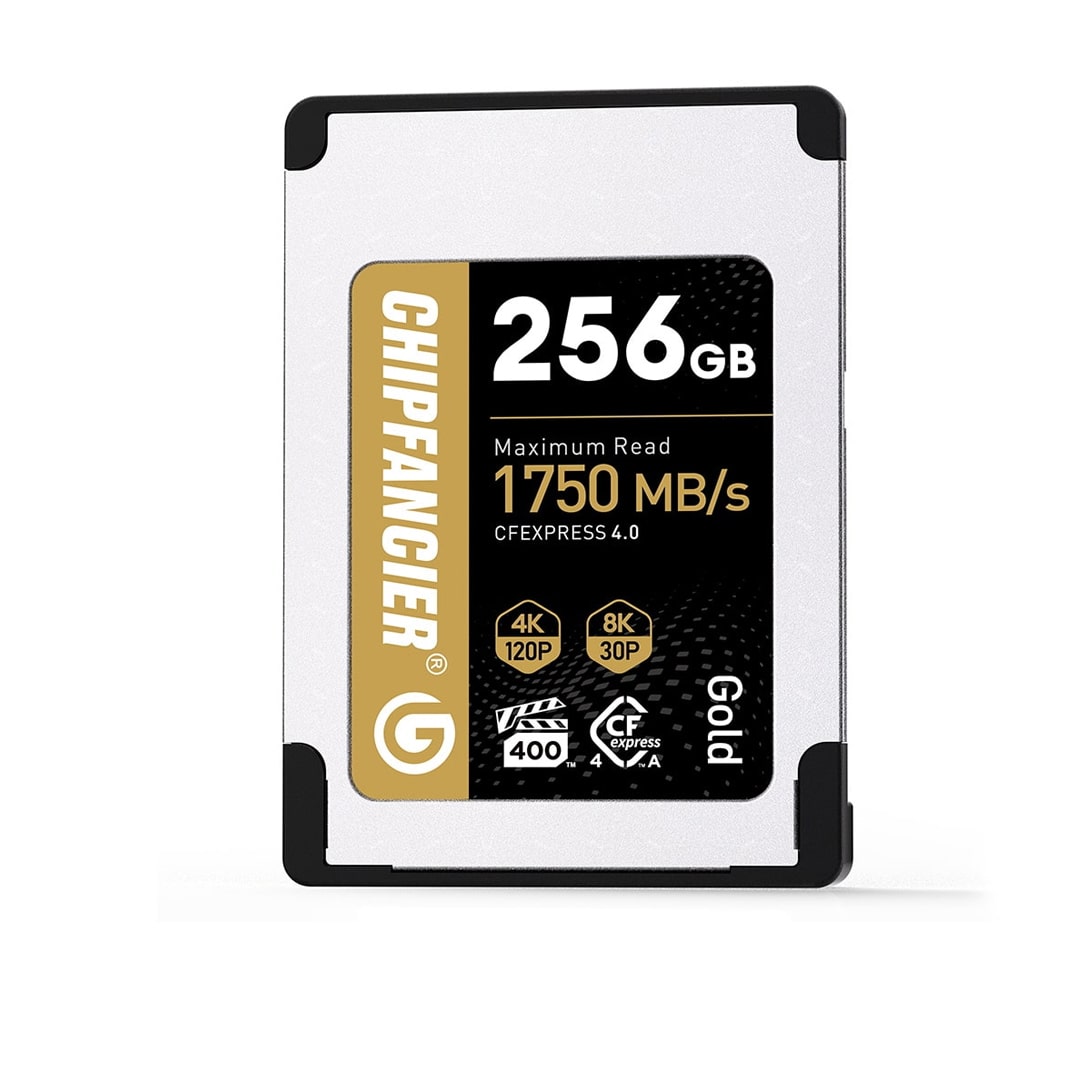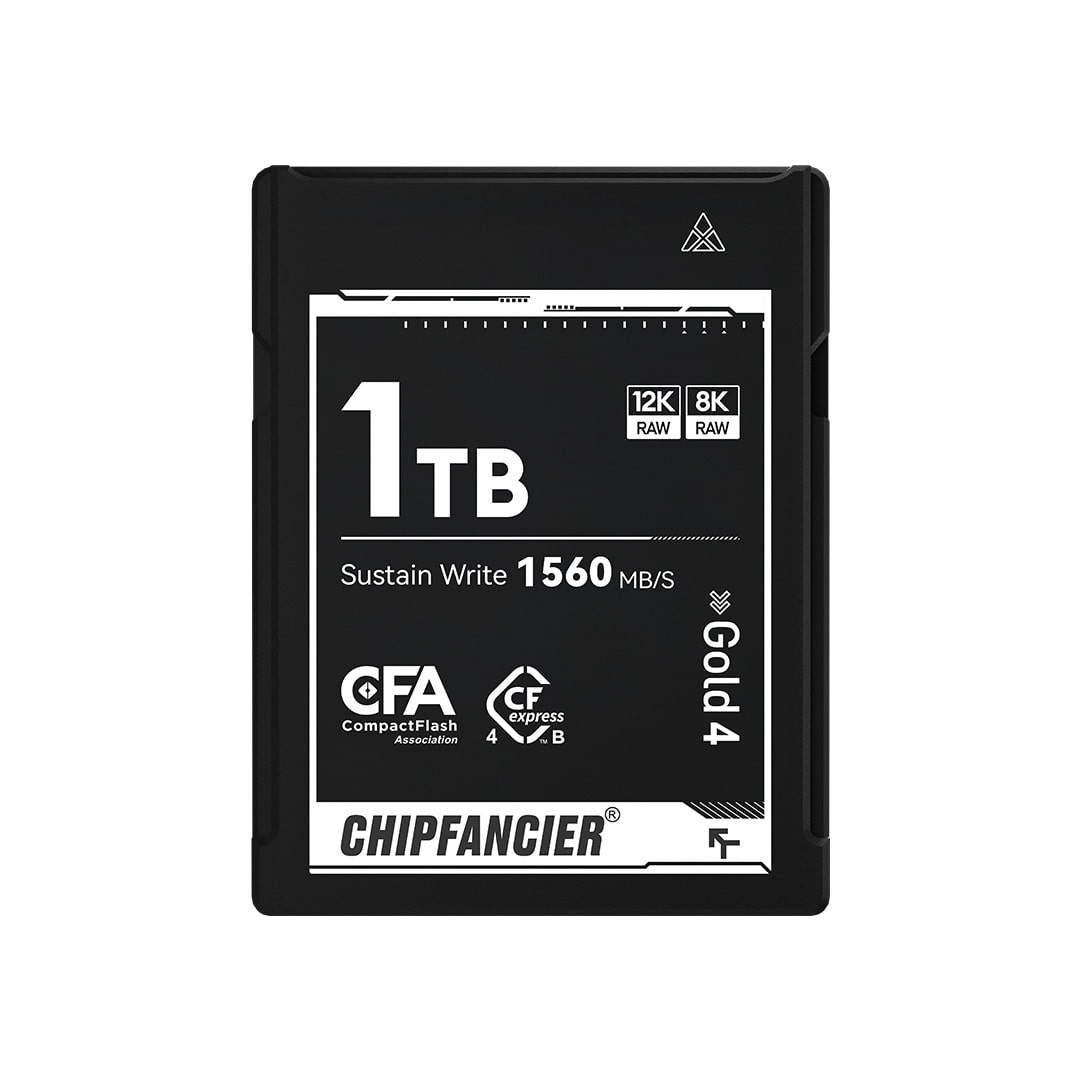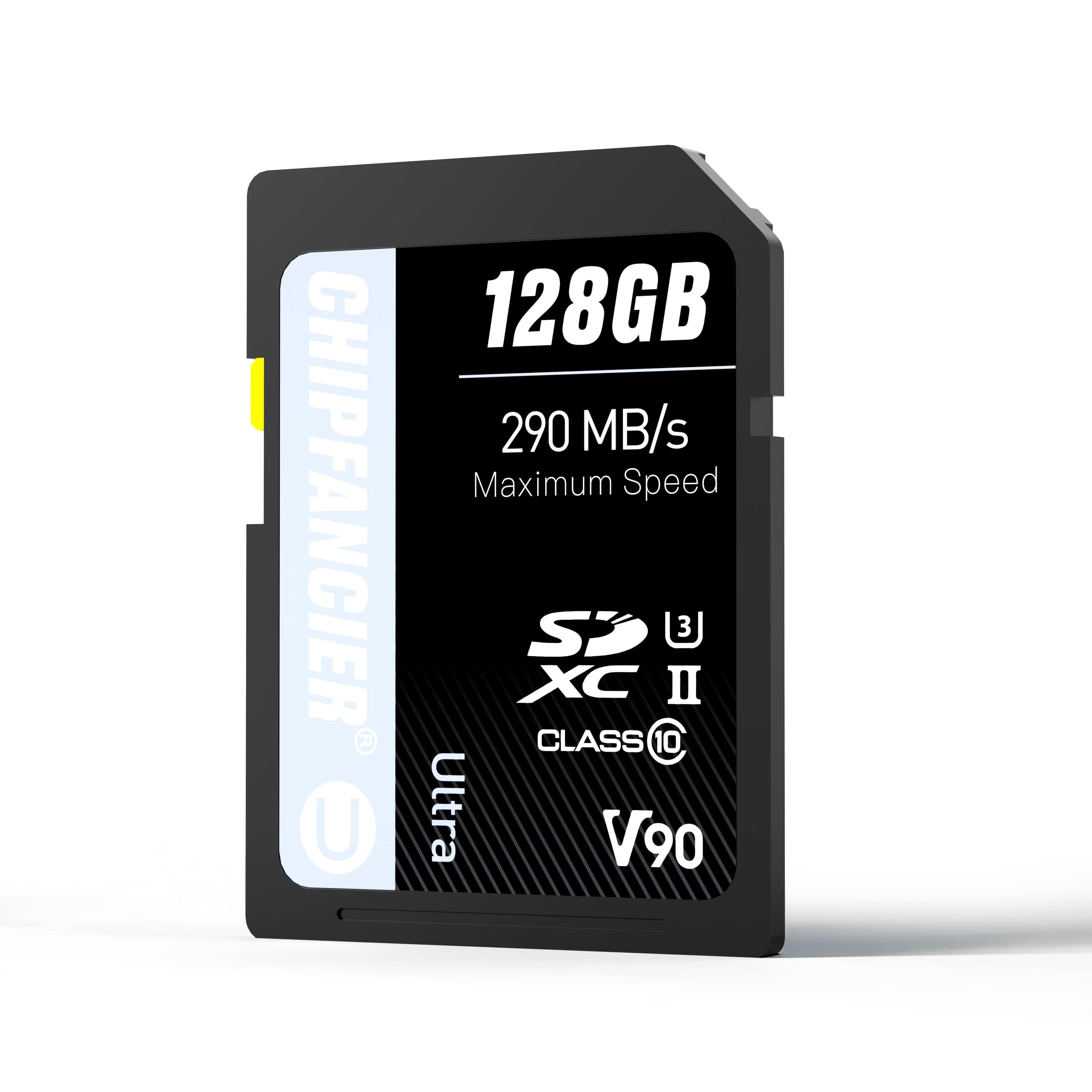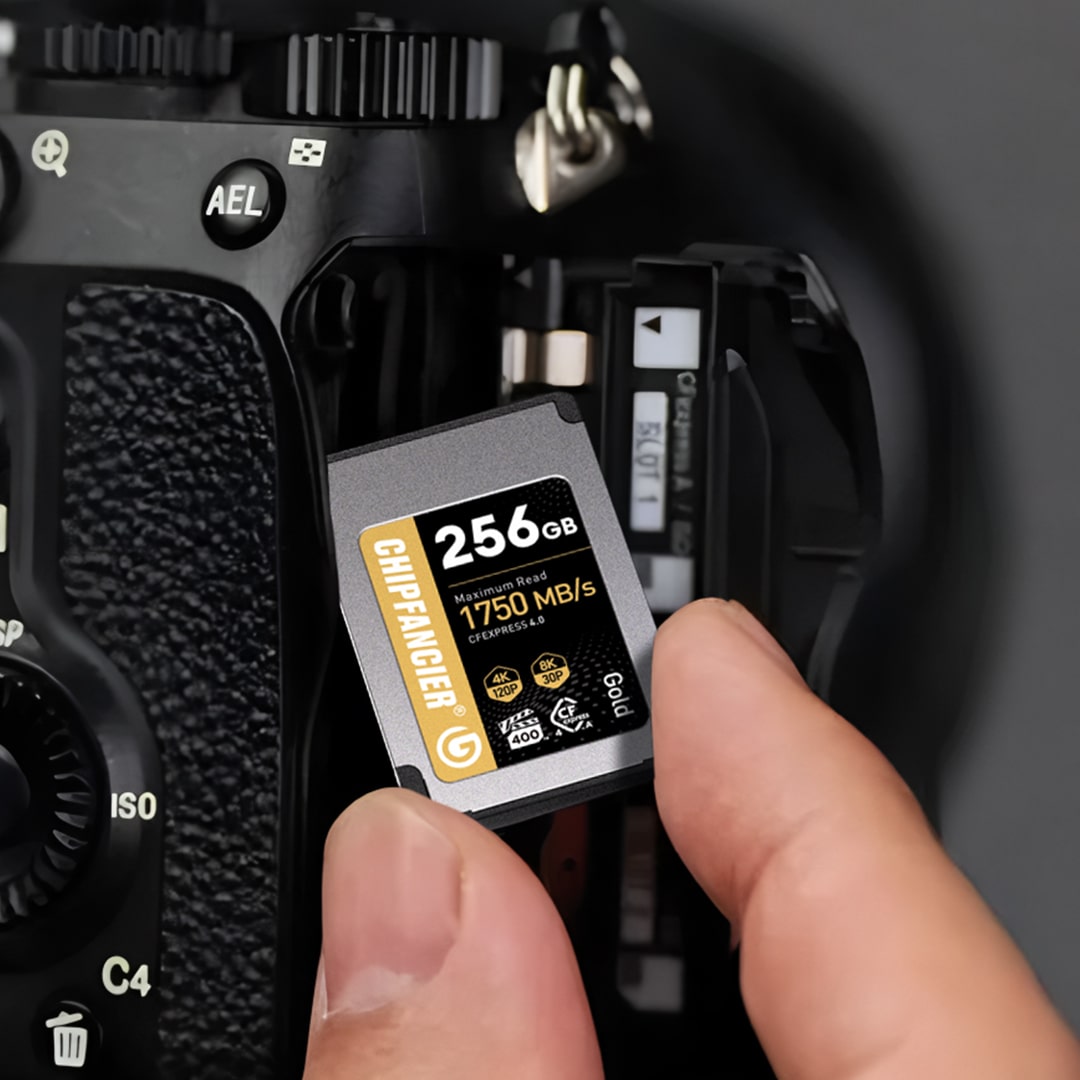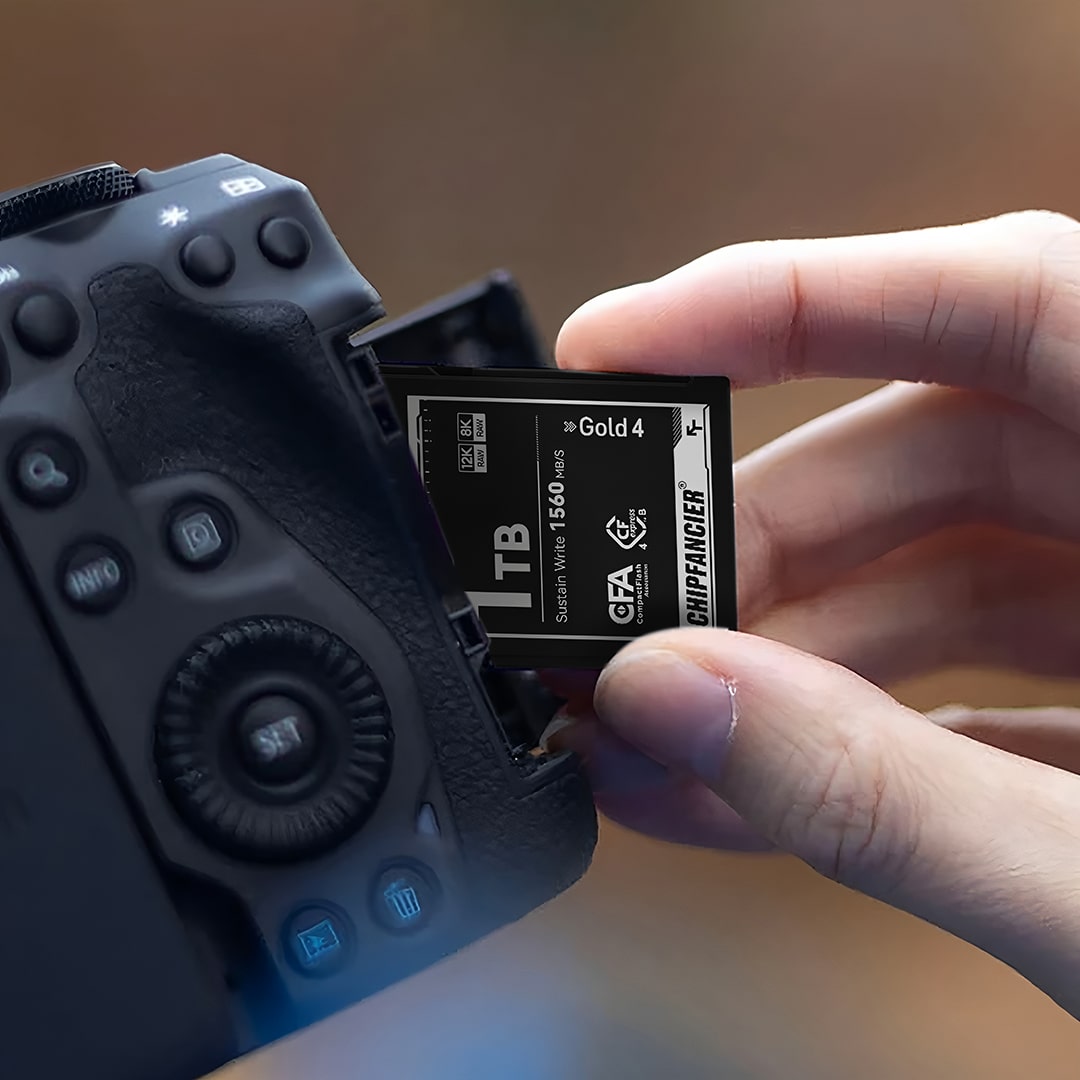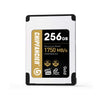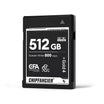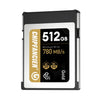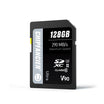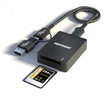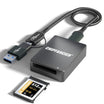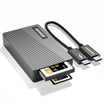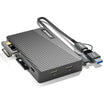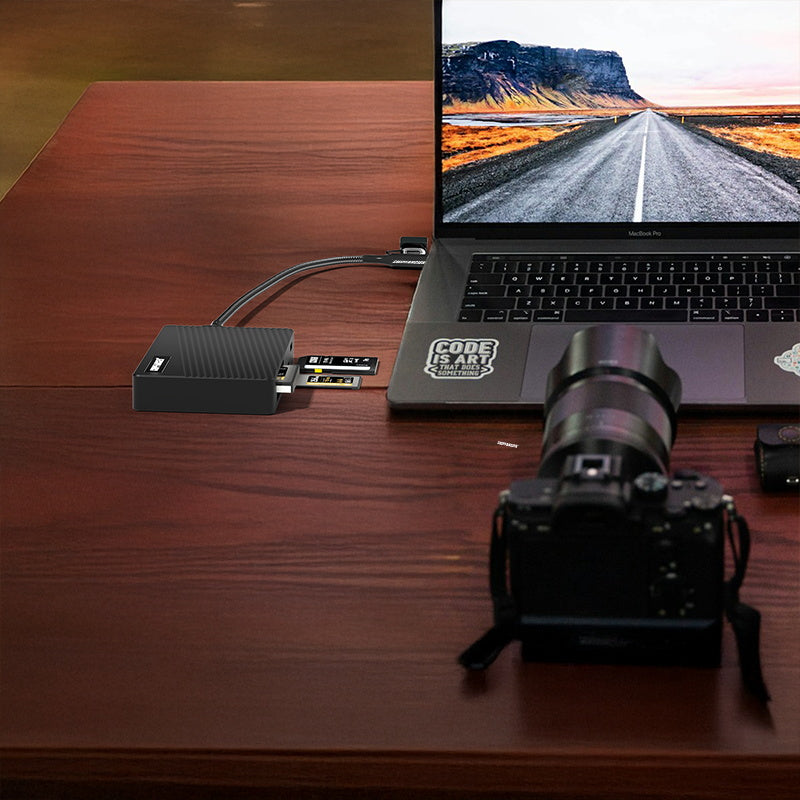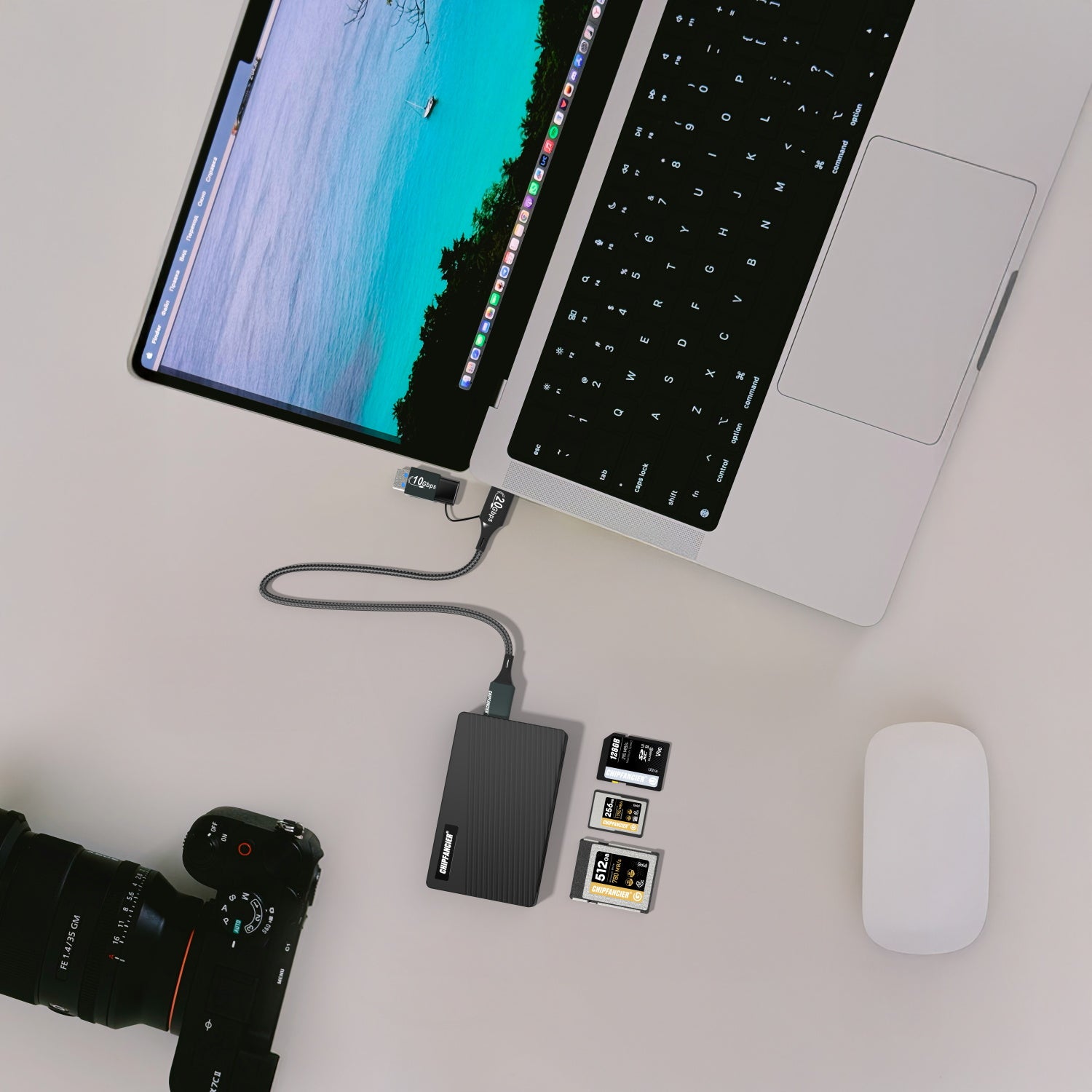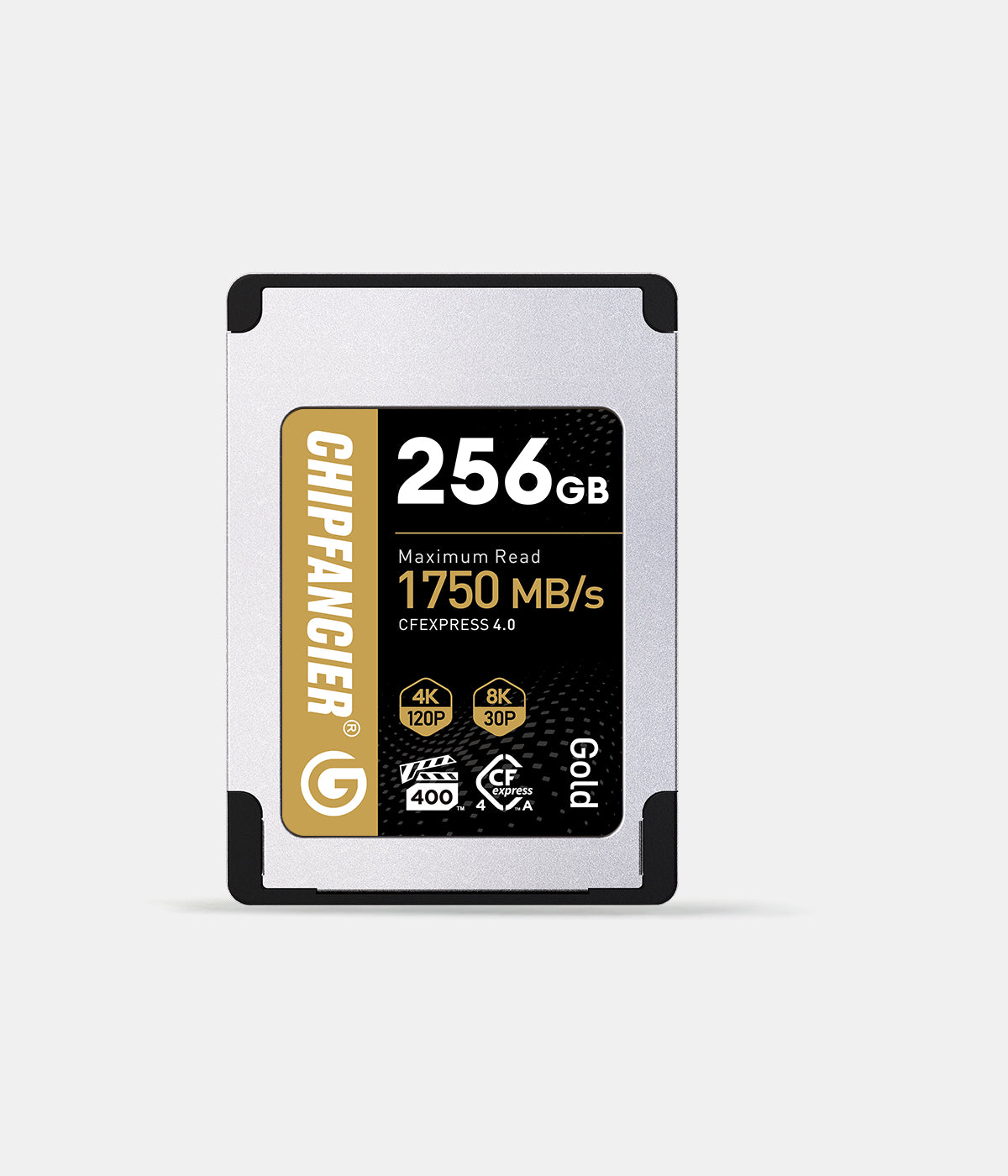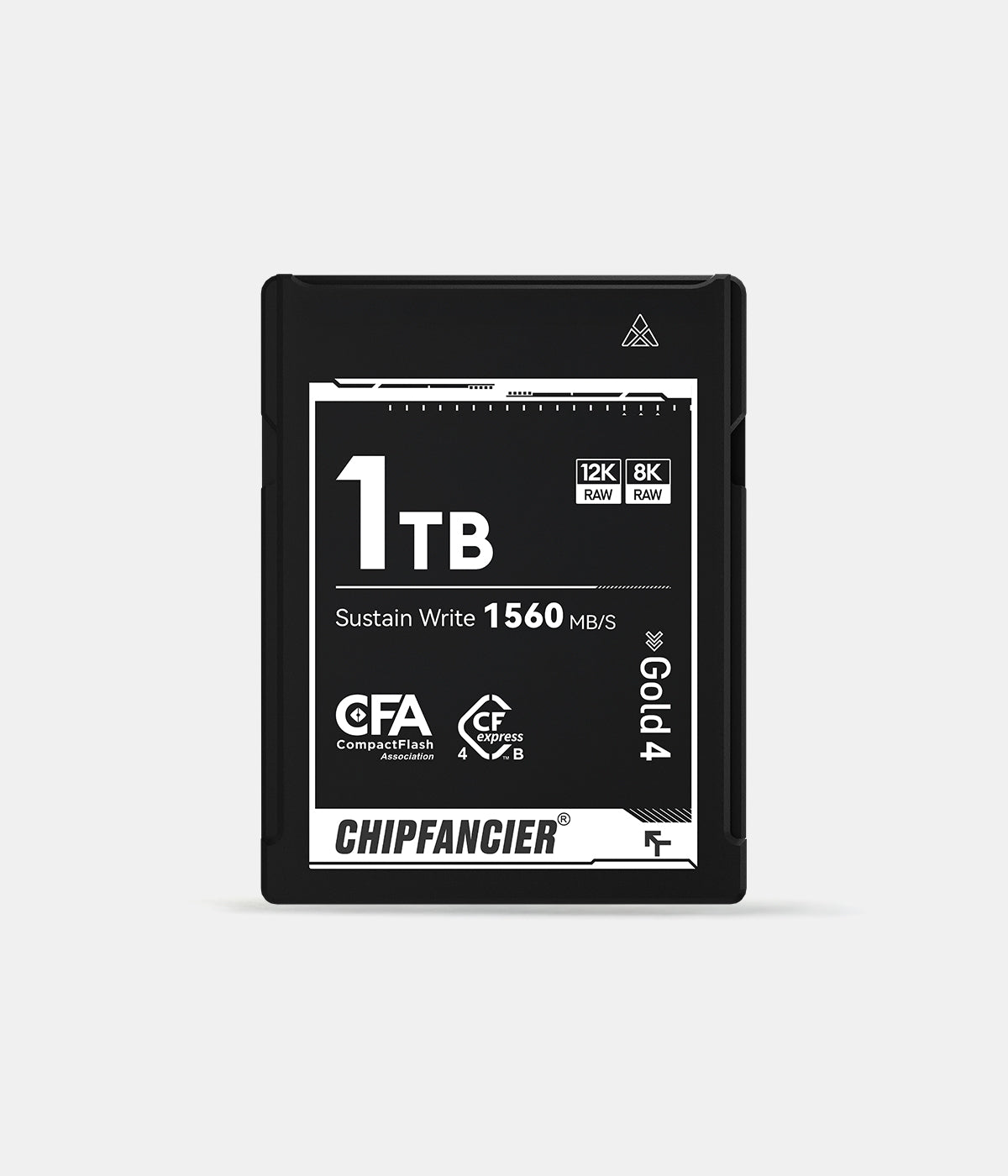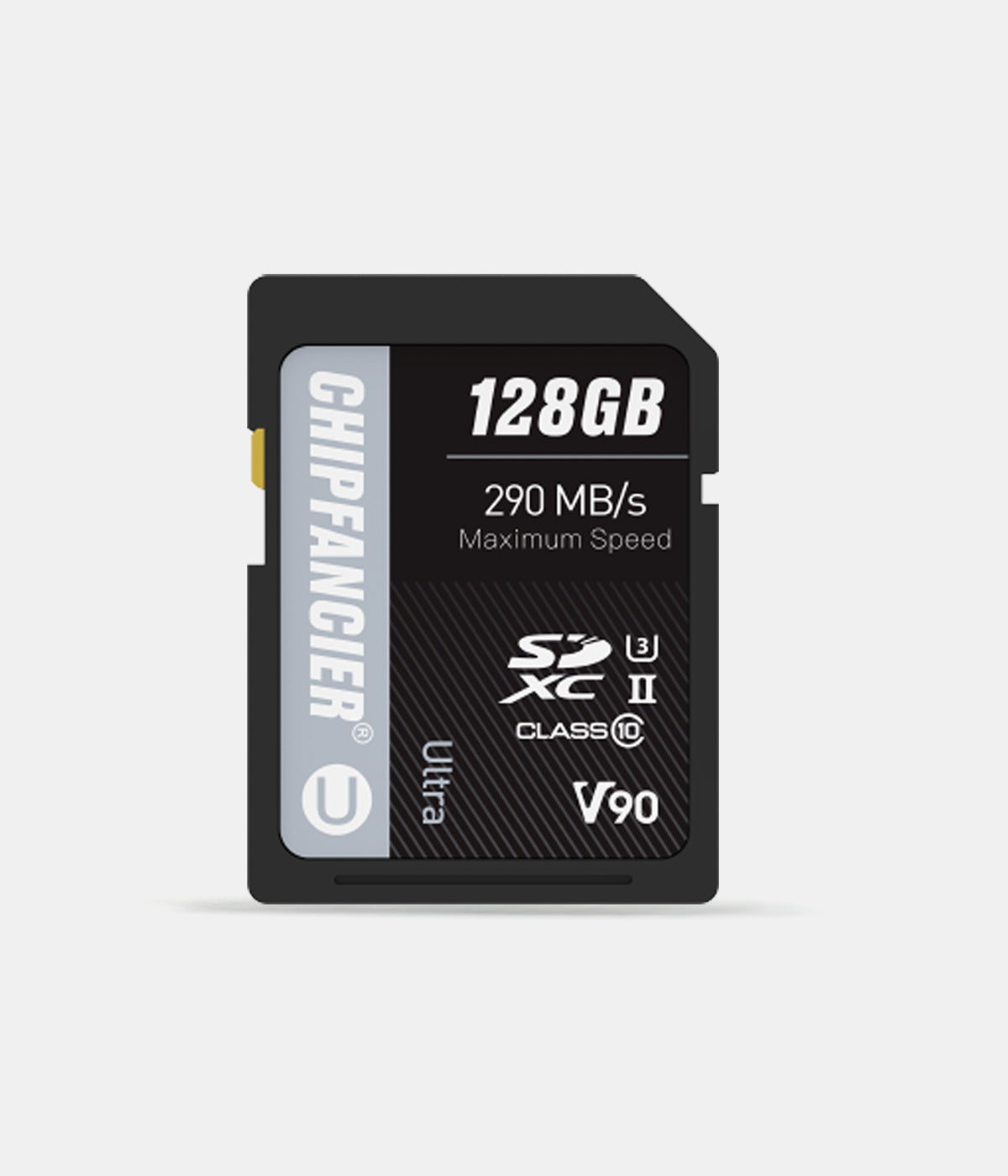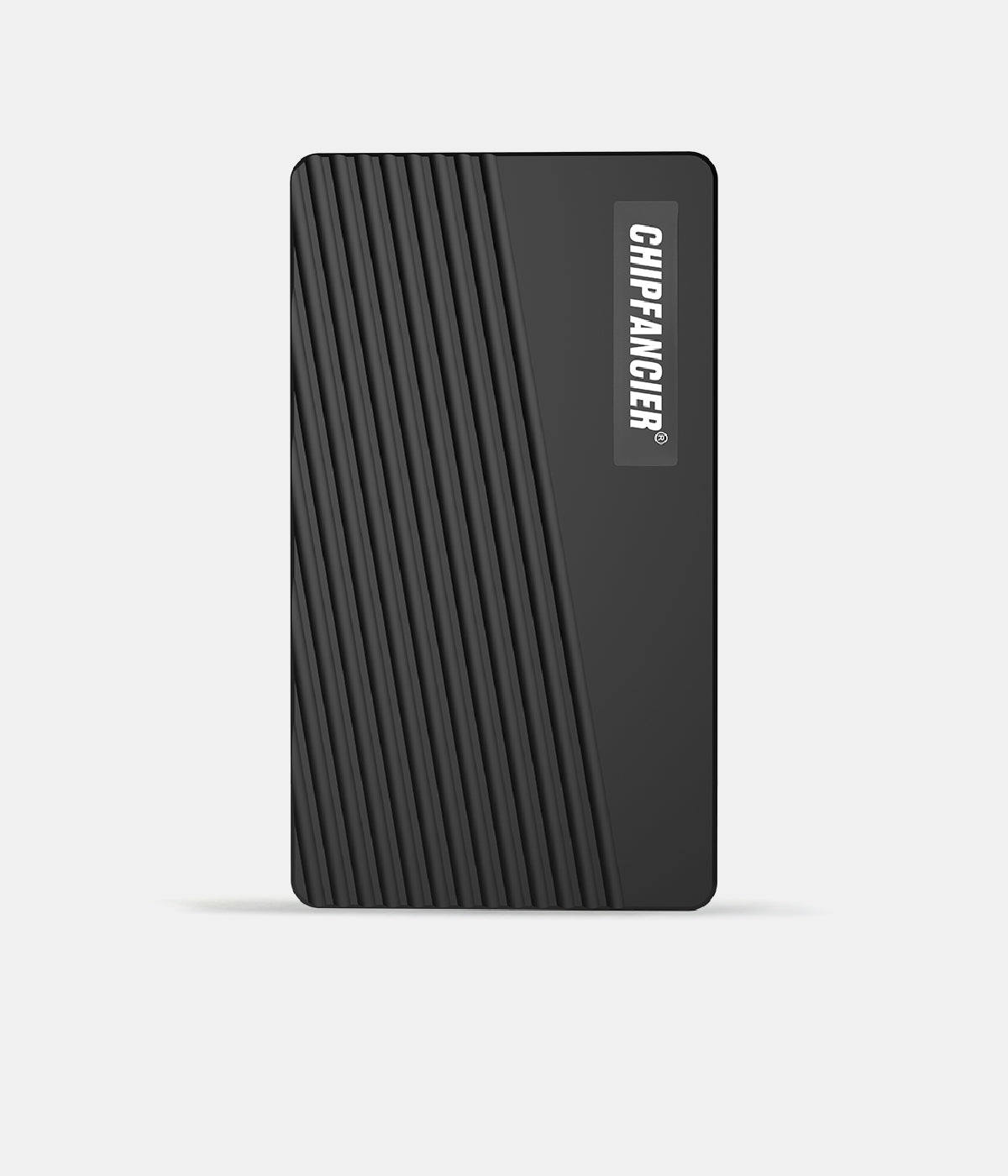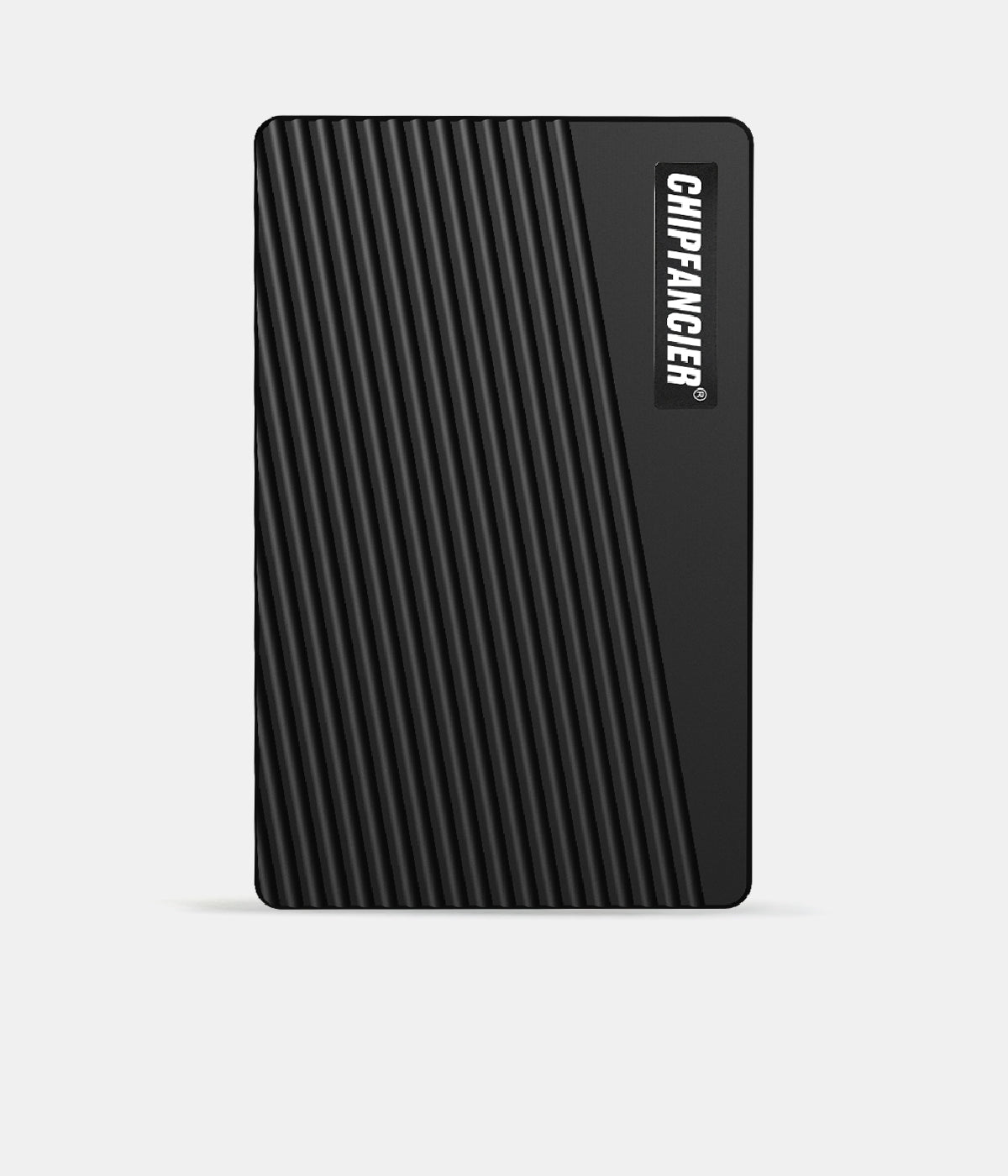In today’s fast-paced world of content creation, memory cards are essential tools for storing and transferring massive amounts of high-resolution video, RAW images, and other media files. But with so many card types—each with different formats, speeds, and interfaces—managing data across multiple devices can quickly become a challenge.
That’s where 3-in-1 card readers come in. By supporting CFexpress Type A, CFexpress Type B, and SDXC cards all in one compact device, they offer an efficient solution for photographers, videographers, and hybrid creators working across multiple camera systems.
This blog aims to demystify the different card formats and explain why a 3-in-1 reader with USB 3.2 Gen 2 support can streamline your workflow.
